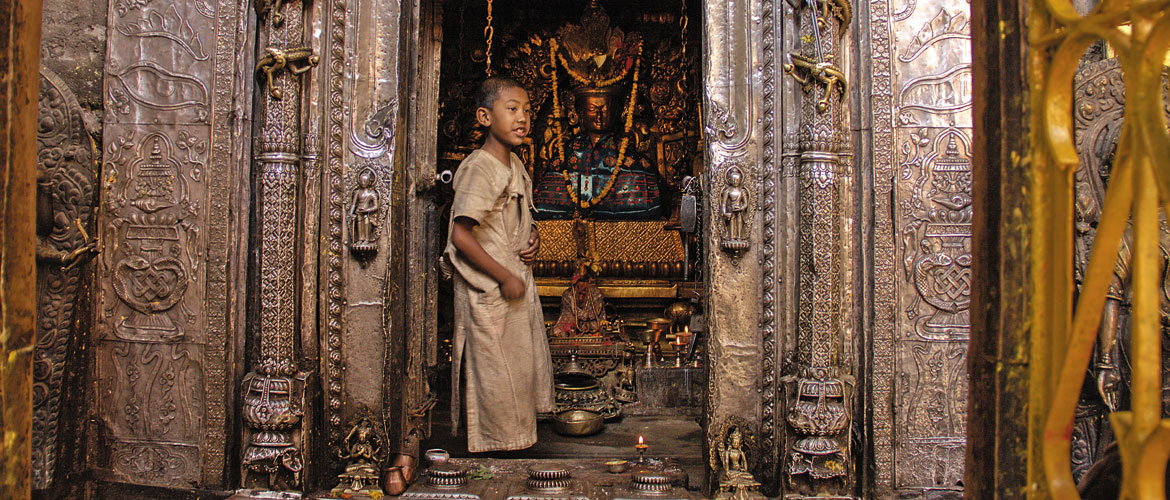The three main cities of the Kathmandu Valley—Kathmandu, Patan and Bhaktapur—are best known for their Durbar Squares,
The Newars have been prolific traders and master craftsmen for over a thousand years. Their trading activities brought them into close contact with both the Gangetic Plains of north and eastern India as well as the Tibetan Plateau and the Silk Route in China. Their culture has been predominantly Indian and the Newars have historically been mostly Mahayana Buddhist in their religious orientation. During the great flowering of Mahayana and Vajrayana Buddhism in eastern India under the Pala kings of Bengal and Bihar between the 8th and the 13th centuries, the Newars were important participants in an international Buddhist culture centred around Nalanda and Bodh Gaya. Many learned pandits and monks travelled between the Kathmandu Valley and India, and later they were instrumental in the conversion of Tibet to Indian Buddhism as well.
With the sudden demise of Indian Buddhism in the 13th century CE, many Indian monks and pandits moved to the valley, carrying with them precious manuscripts, works of Buddhist art and the tradition of tantric Buddhism. These traditions continued to exist in the valley, and indeed, still do, making the Newar community the only Buddhists in the whole world whose religious texts and practices are still in Sanskrit.
Over the centuries, Patan or Lalitpur (as it’s called in the valley), has remained the most Buddhist of the three cities, and beyond the major tourist draw of the Patan Durbar Square lie the community viharas (called Baha in Newari) and courtyards where the Newars live. Today you’ll find Newars in all walks of Nepali life, though they retain their millennia-old reputation of being master artists. Artists’ workshops and ateliers lie all around town, as do shops and emporia selling some of the finest Buddhist art you will find anywhere. Take a walk with us into the magical Buddhist courtyards of Patan.
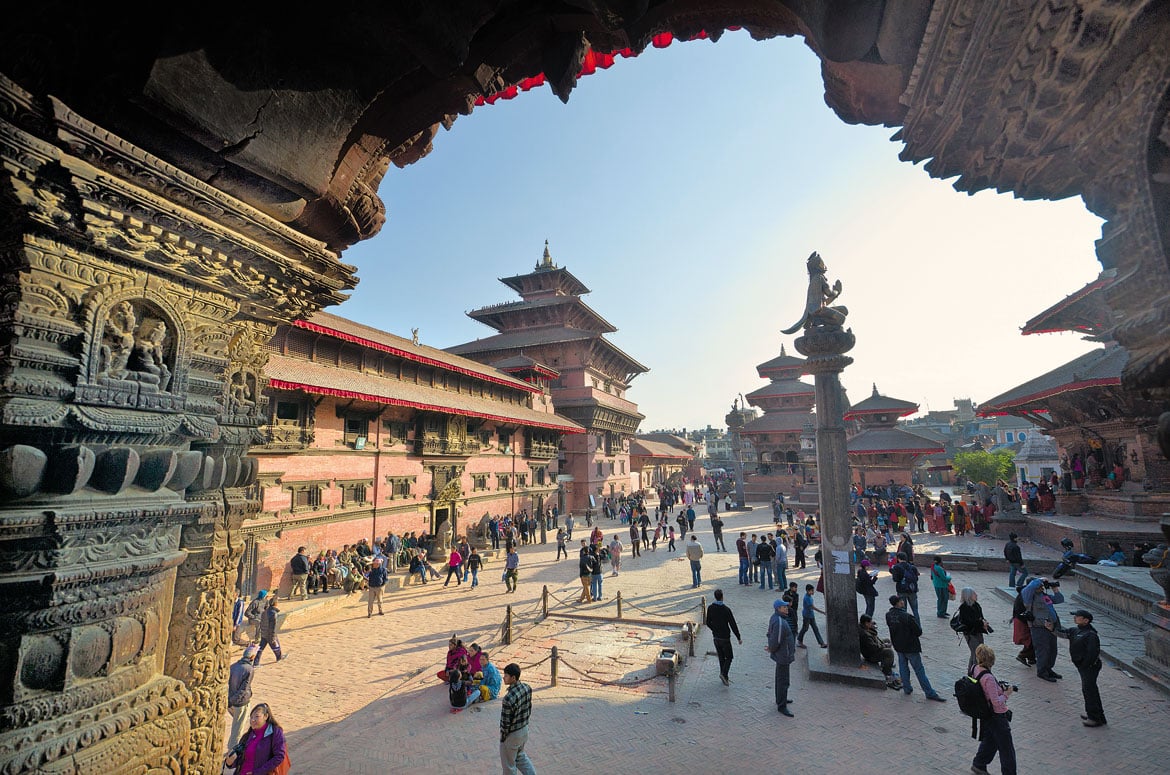
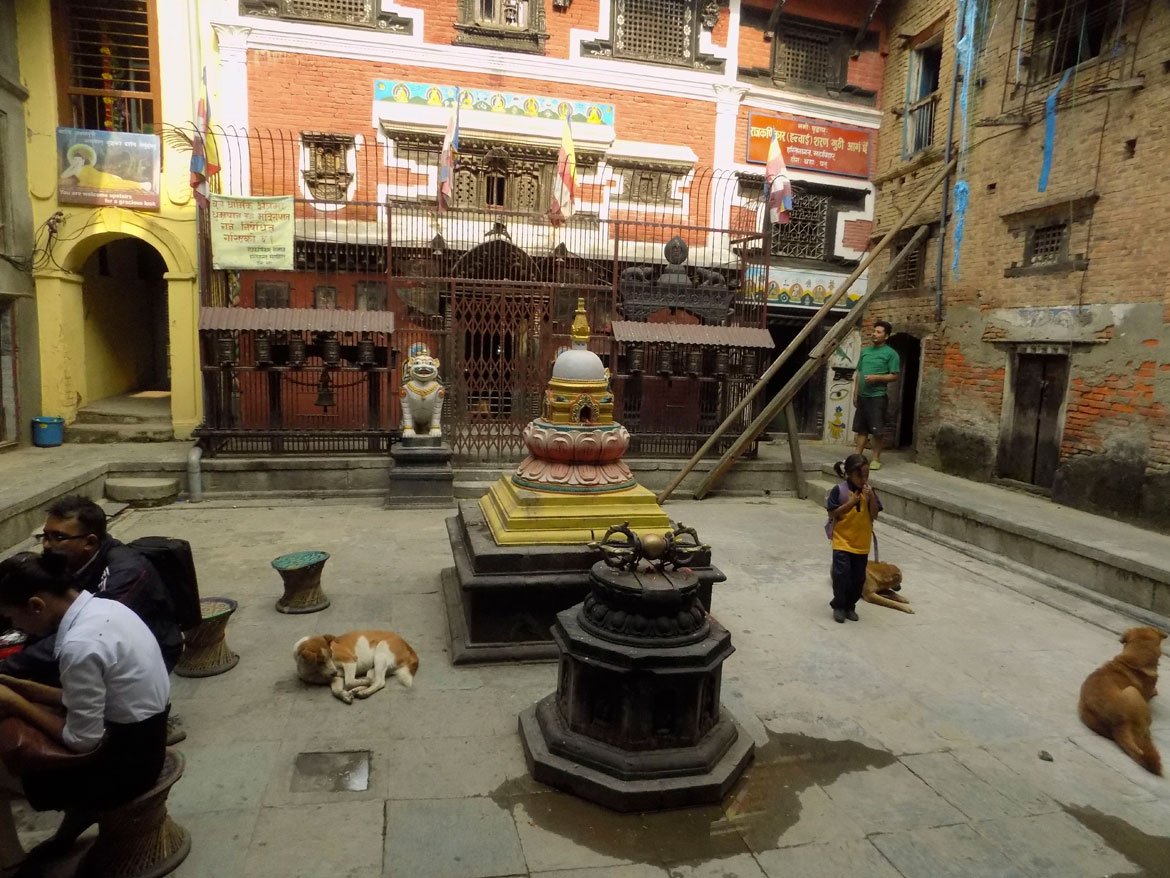
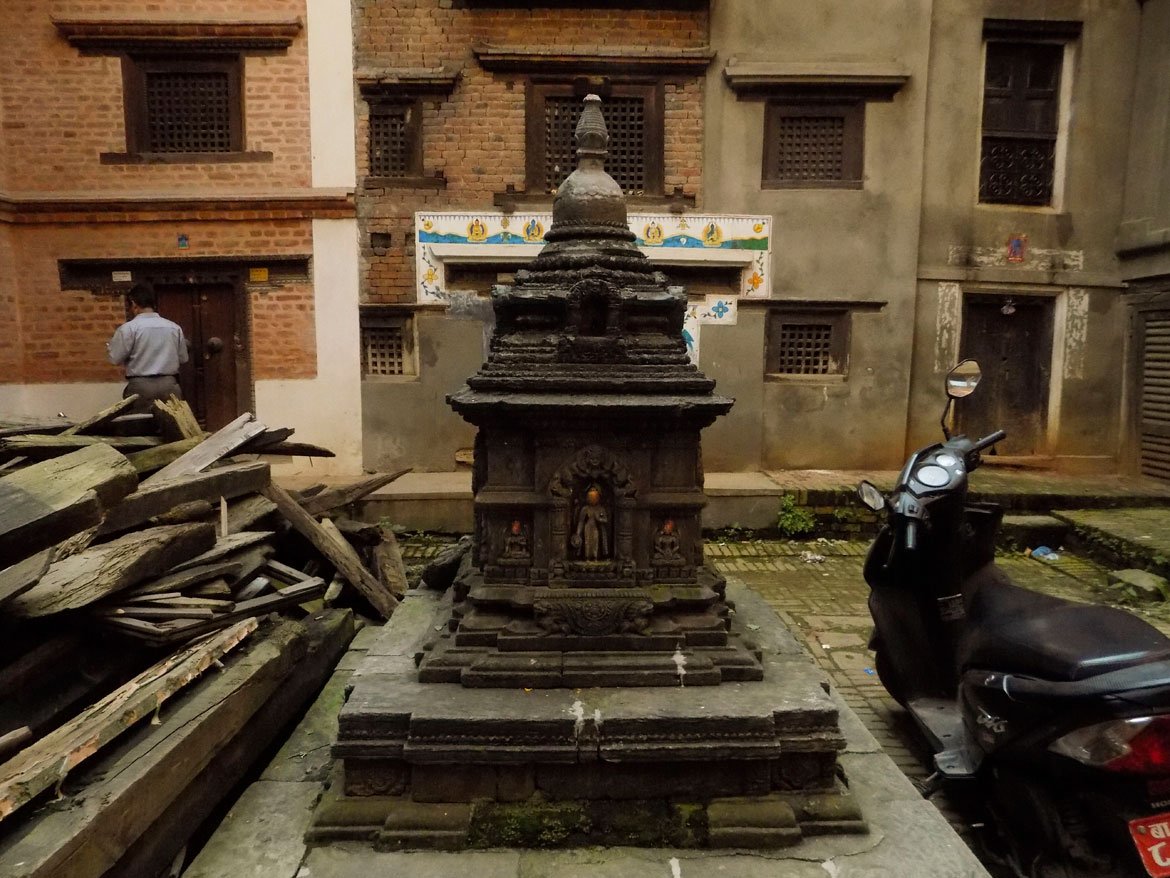
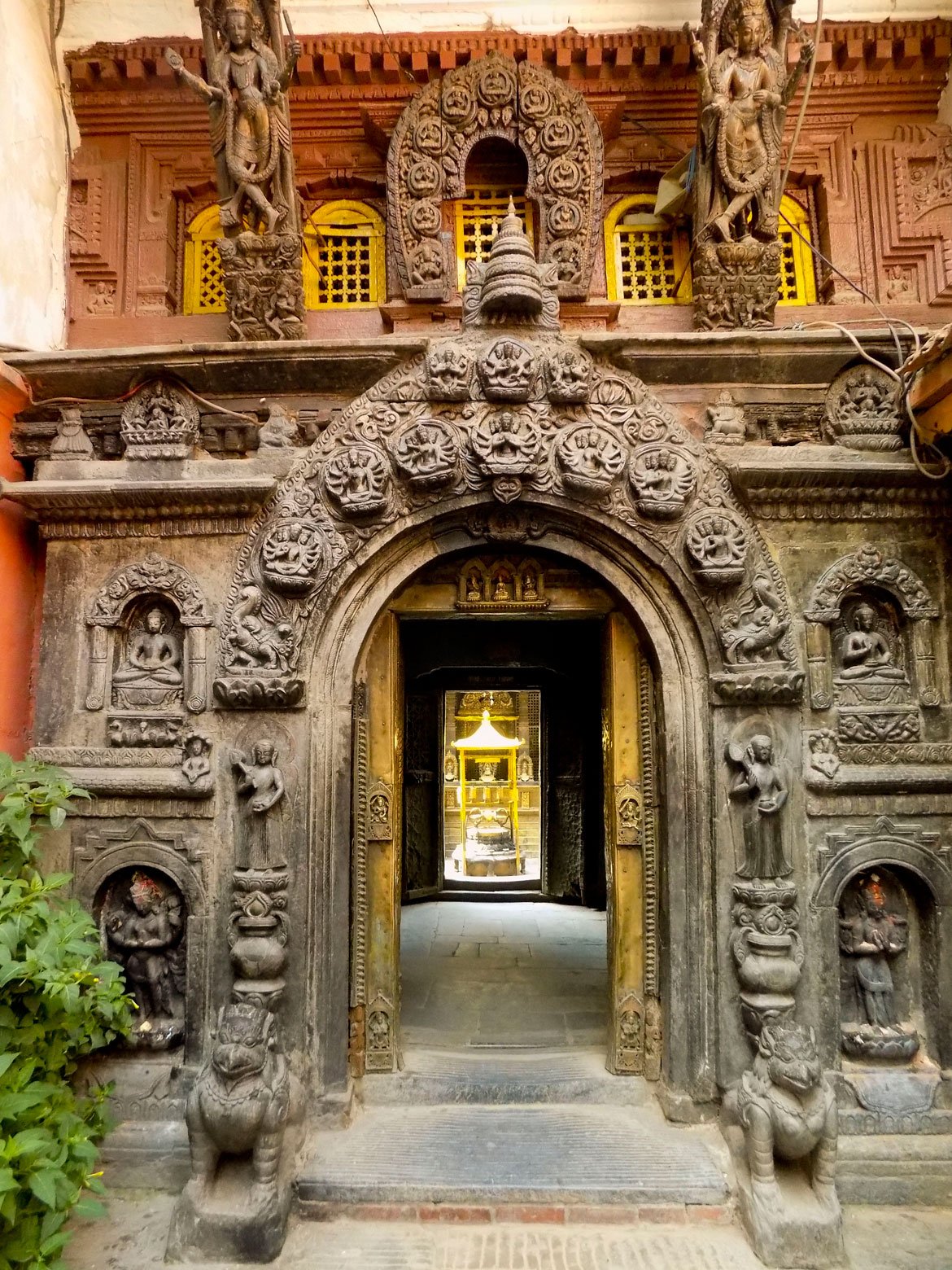
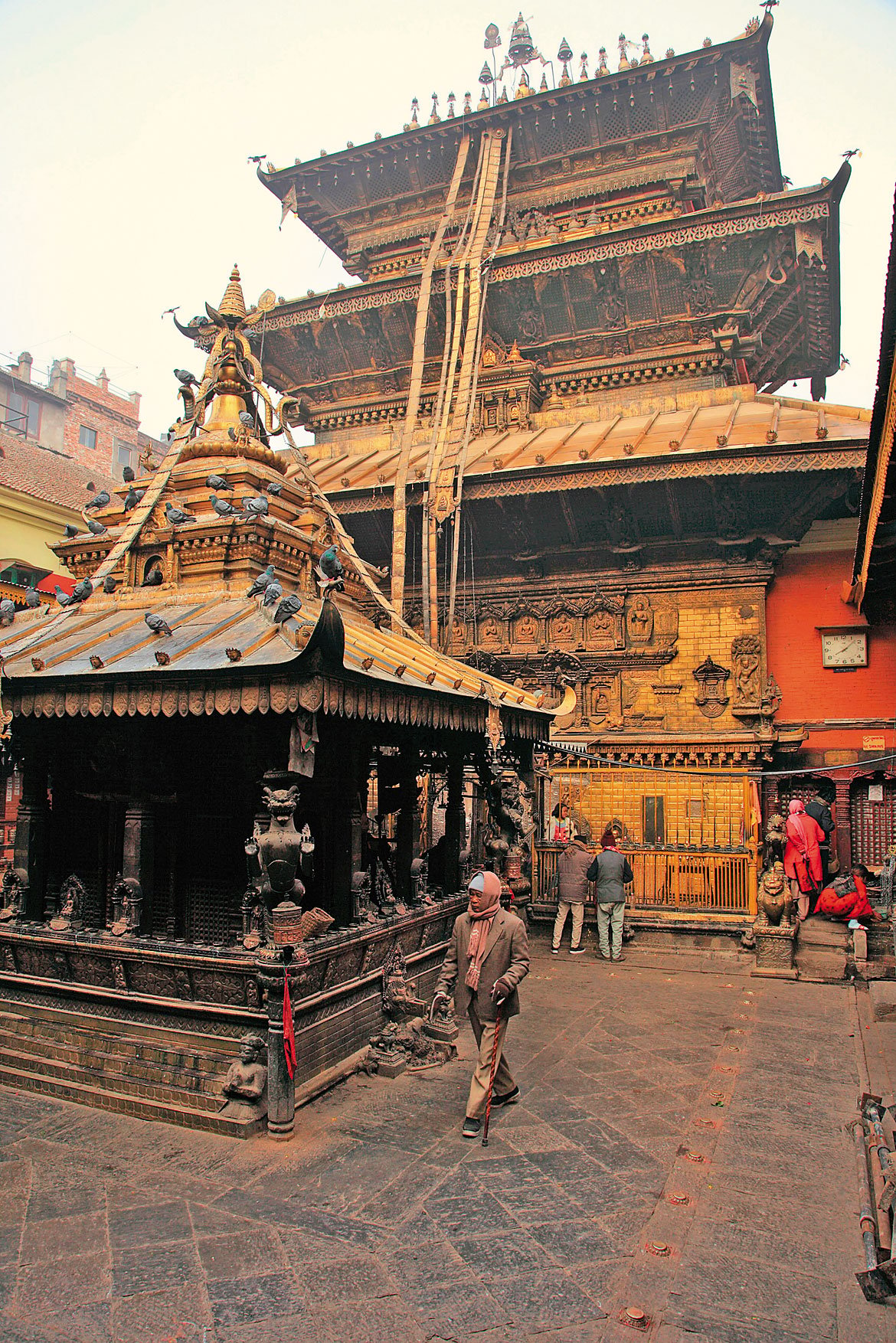
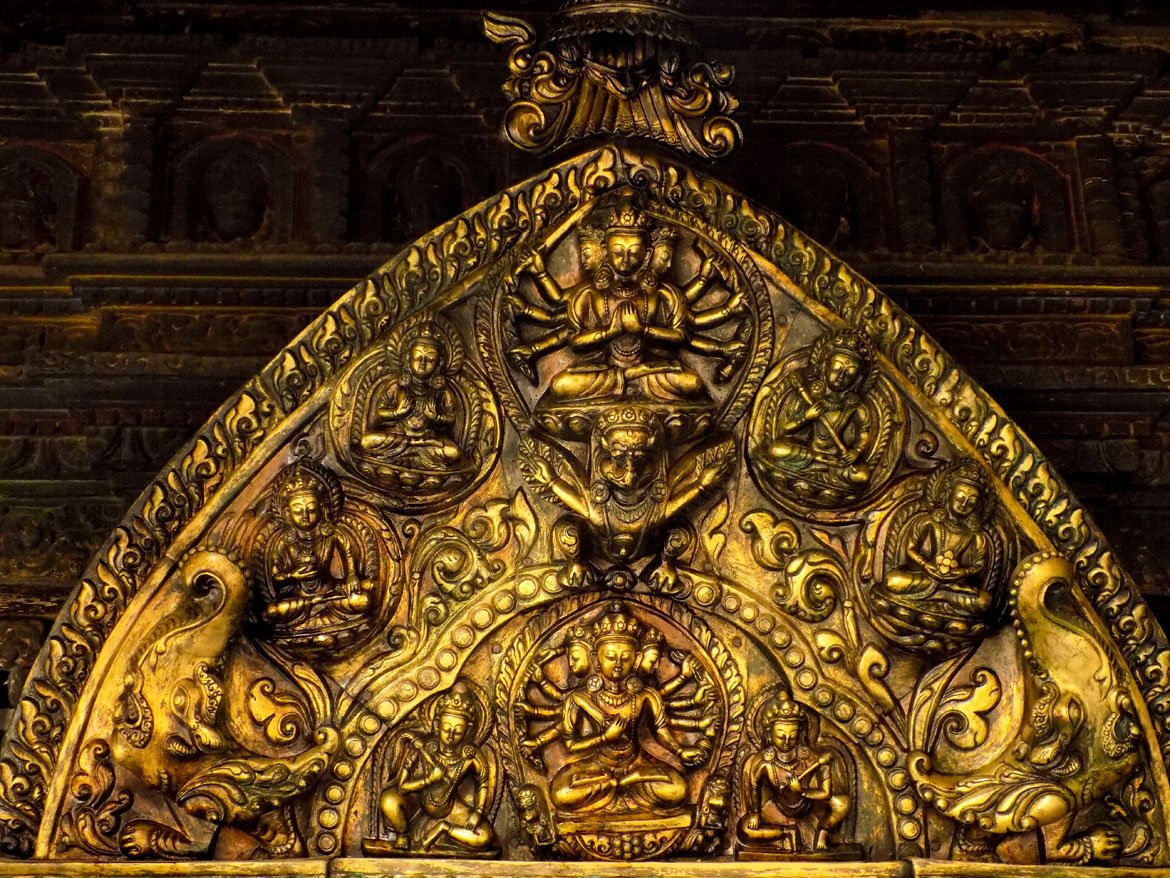
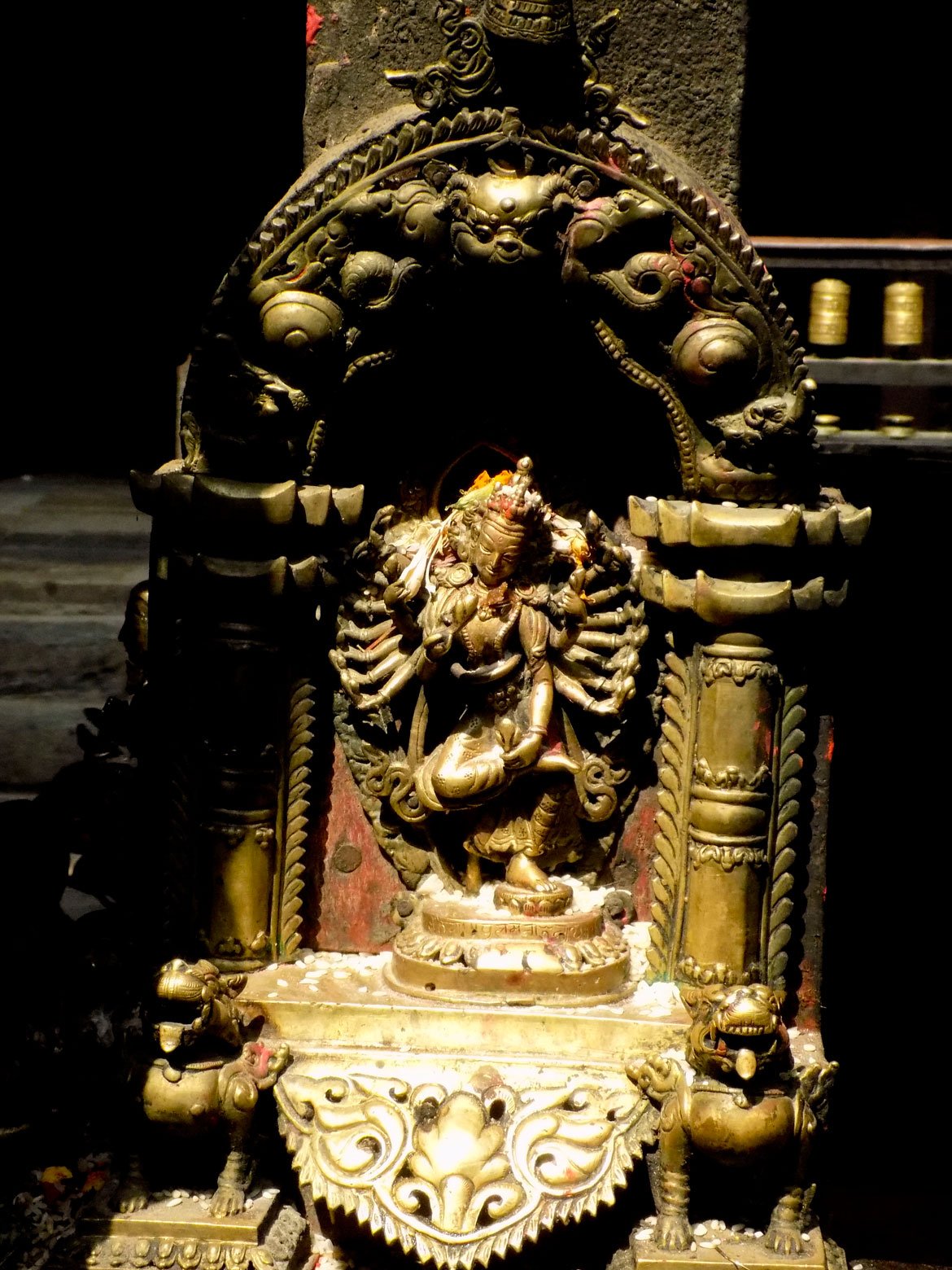
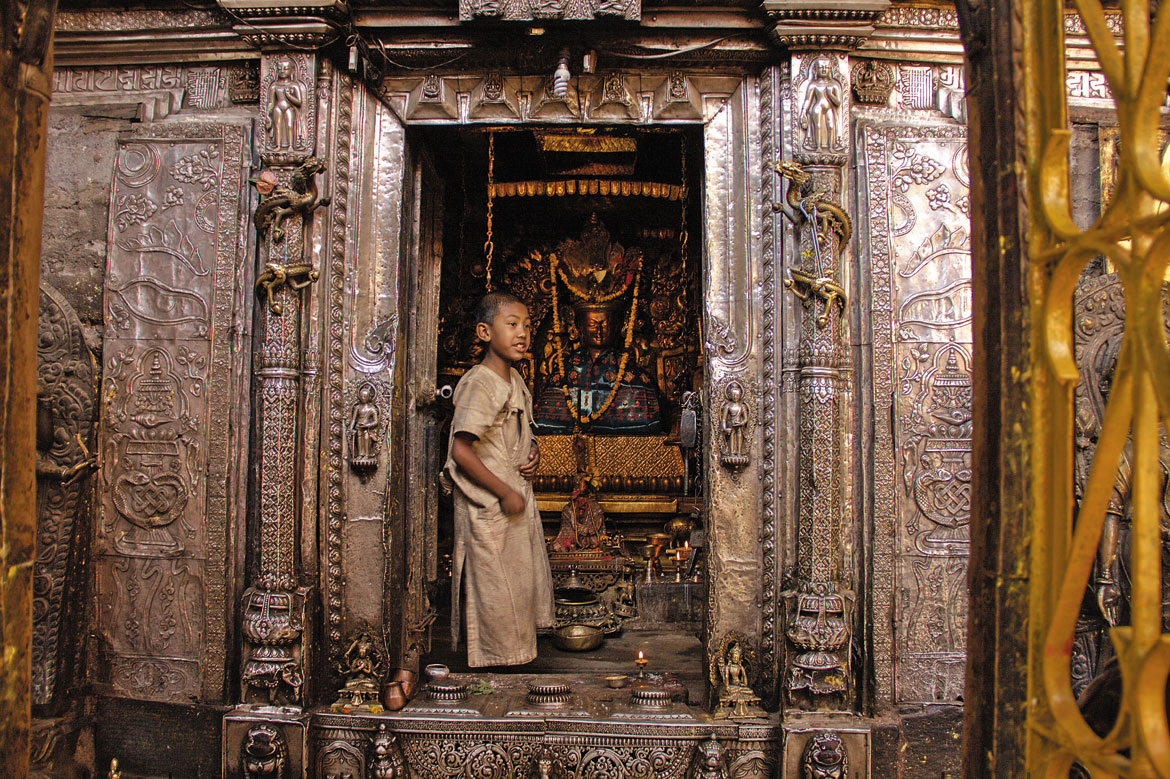
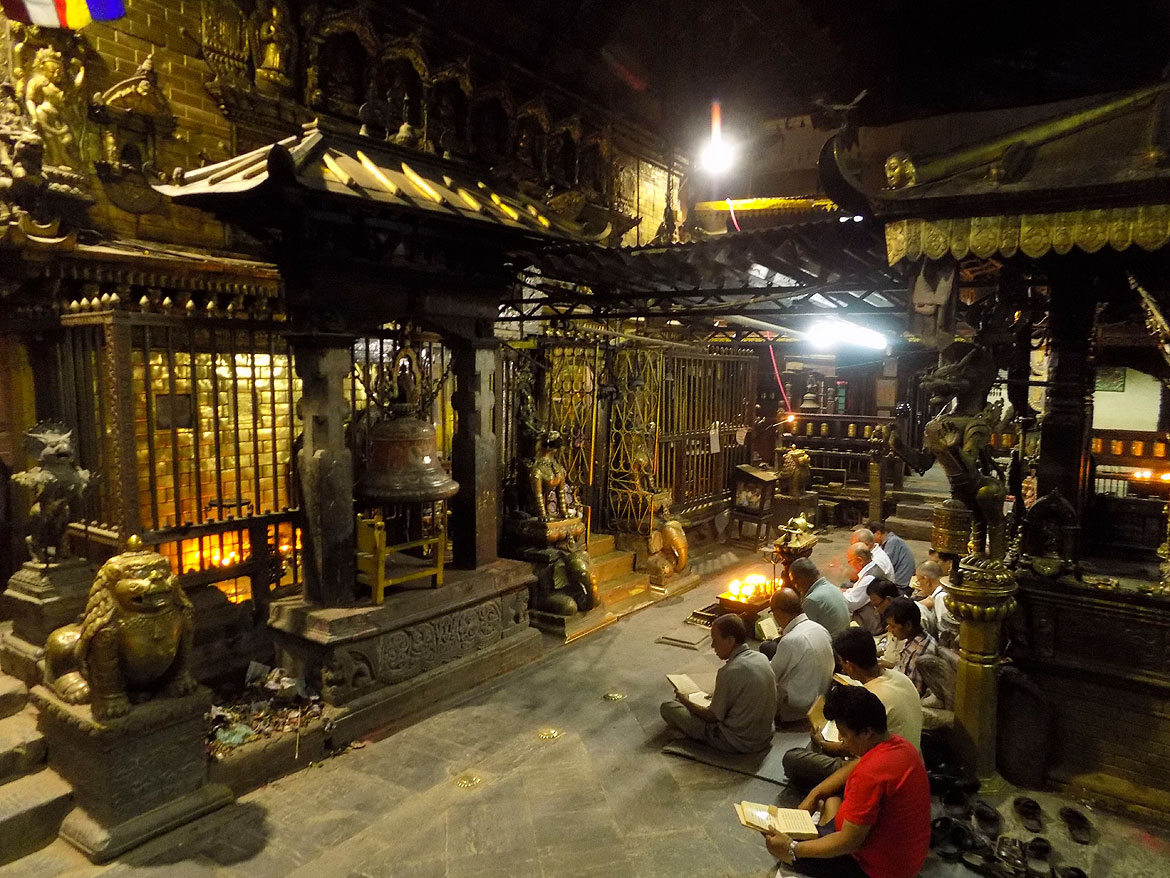
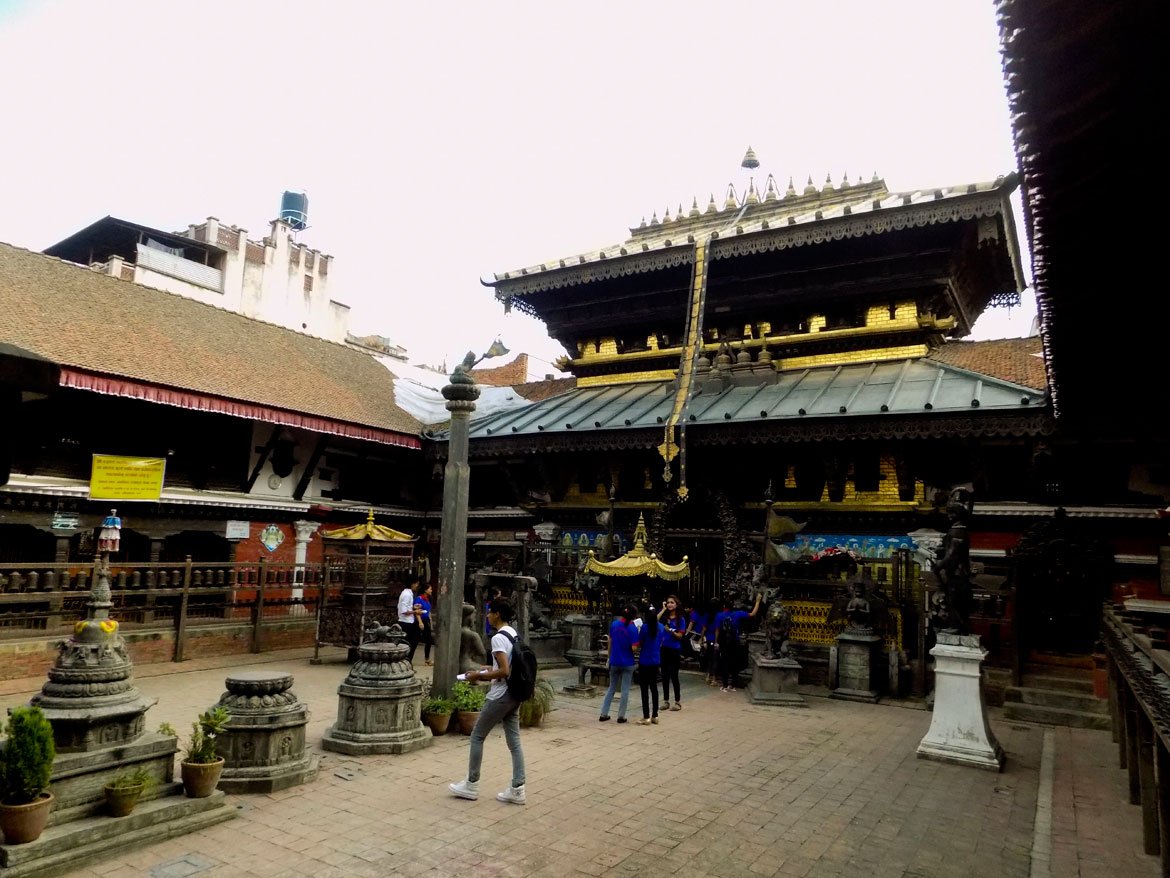
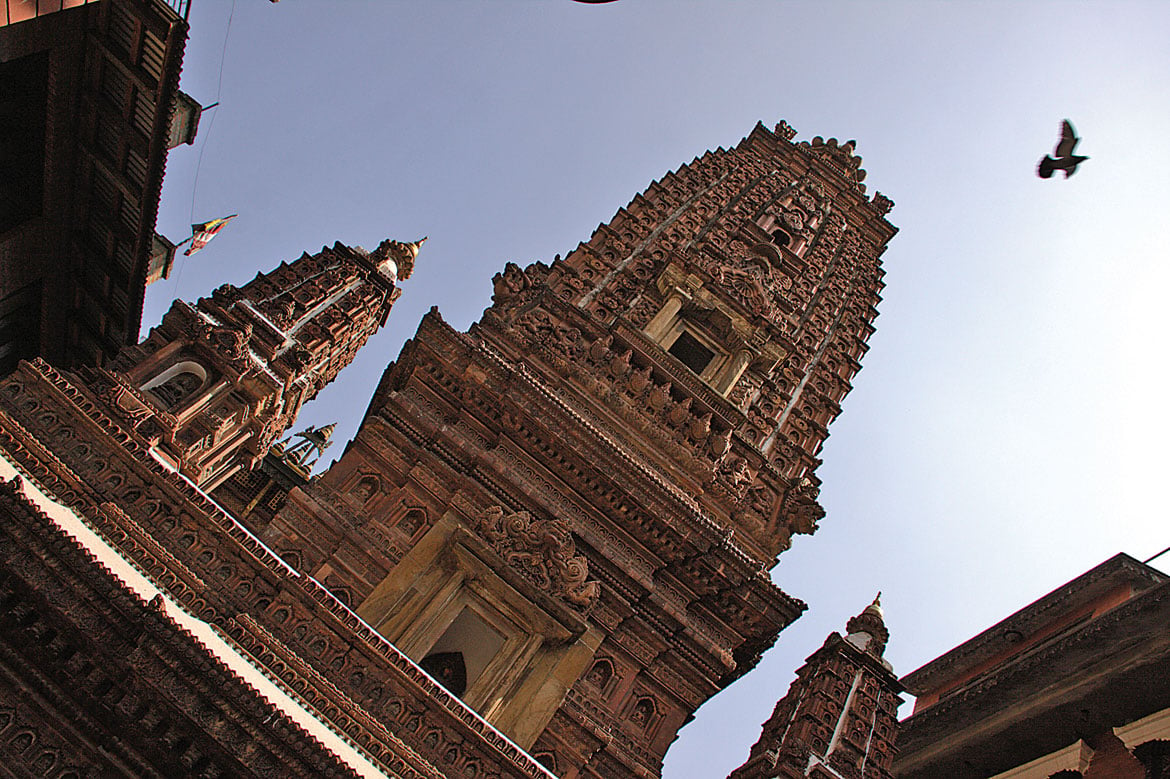

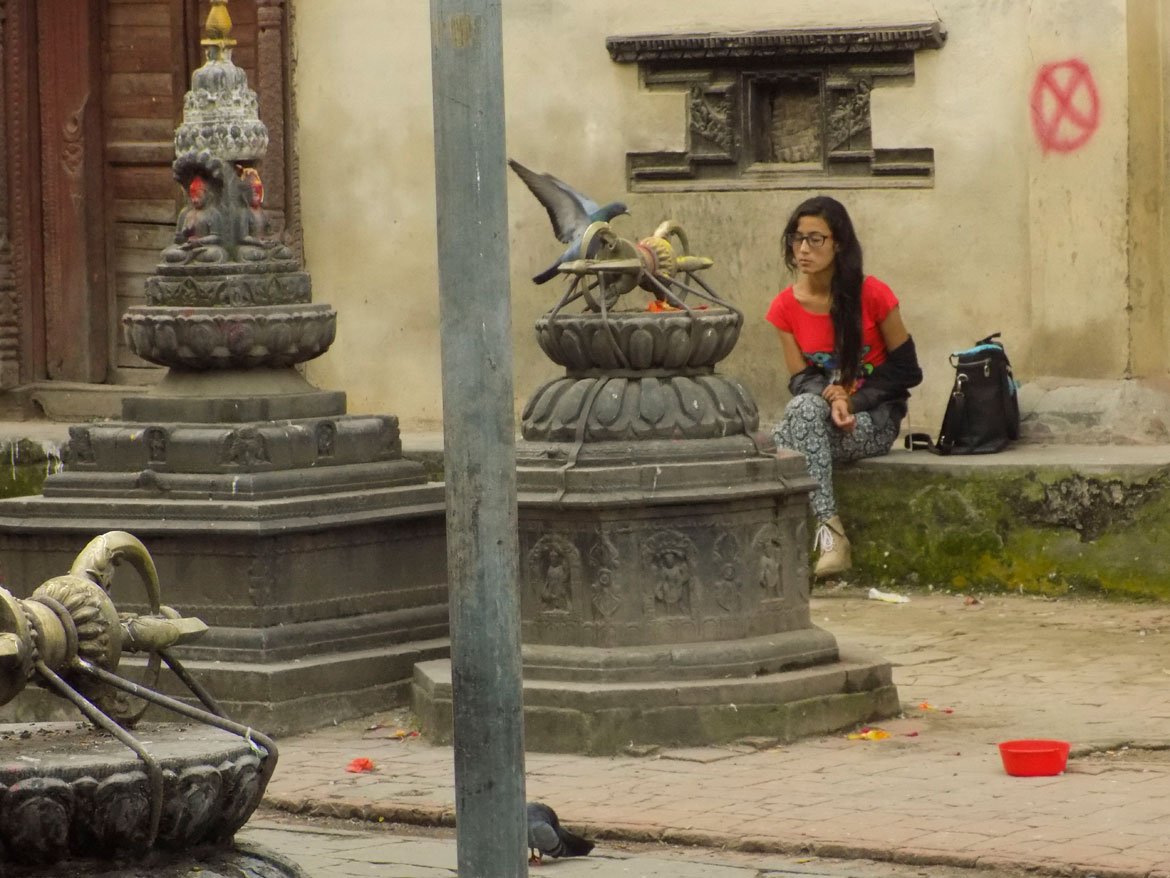
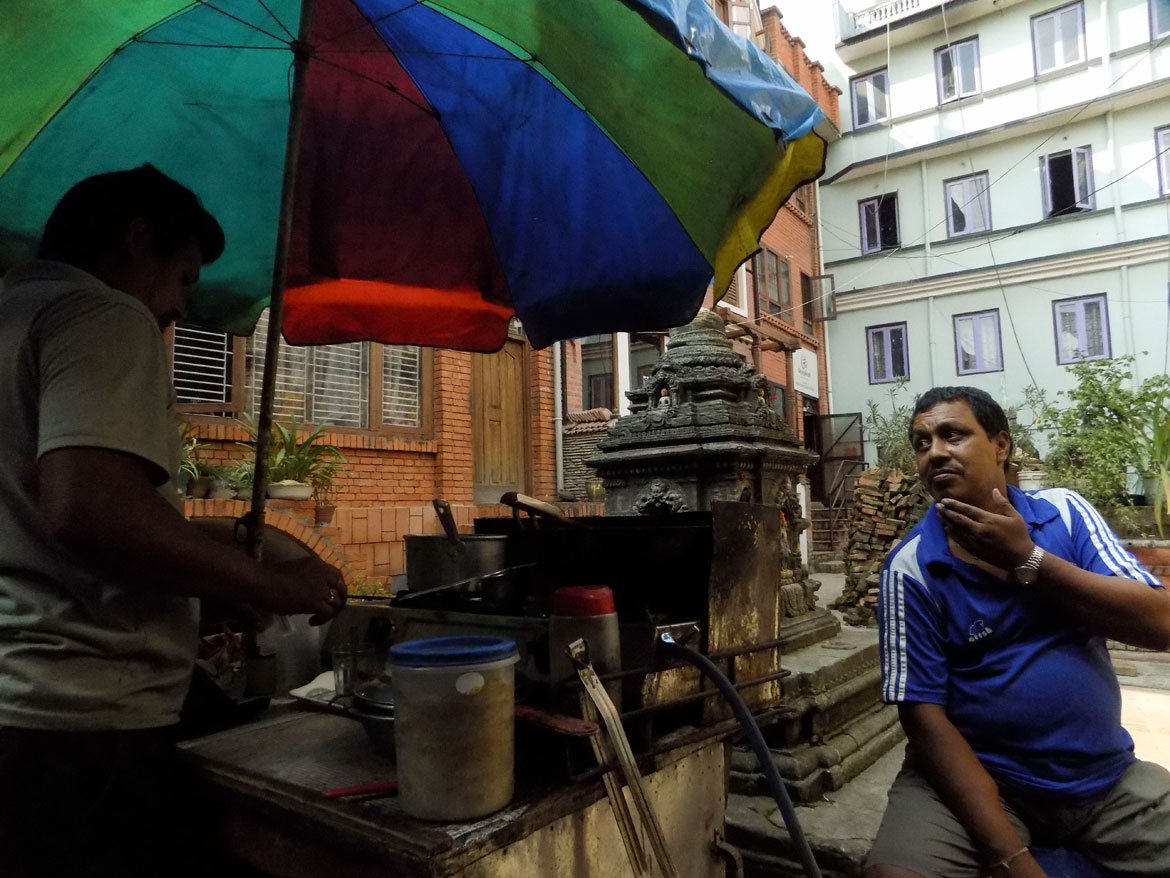
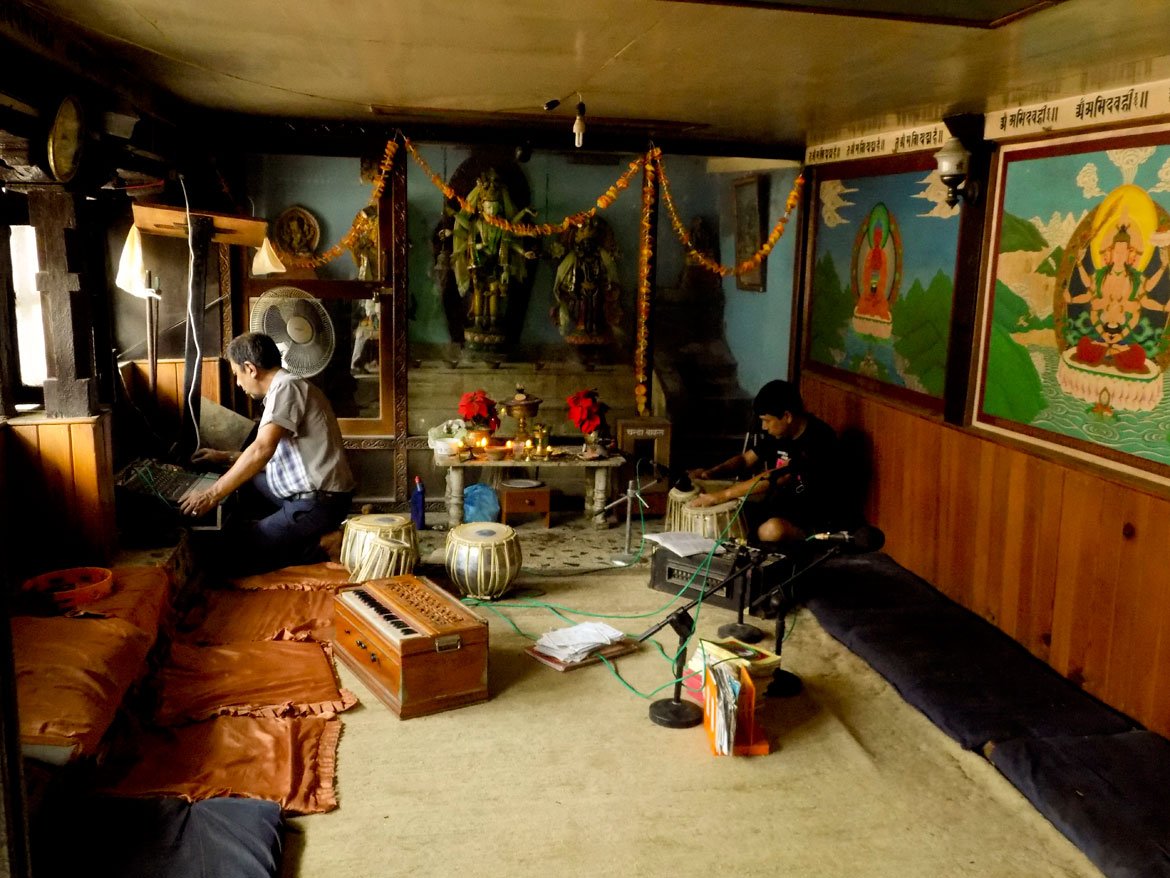
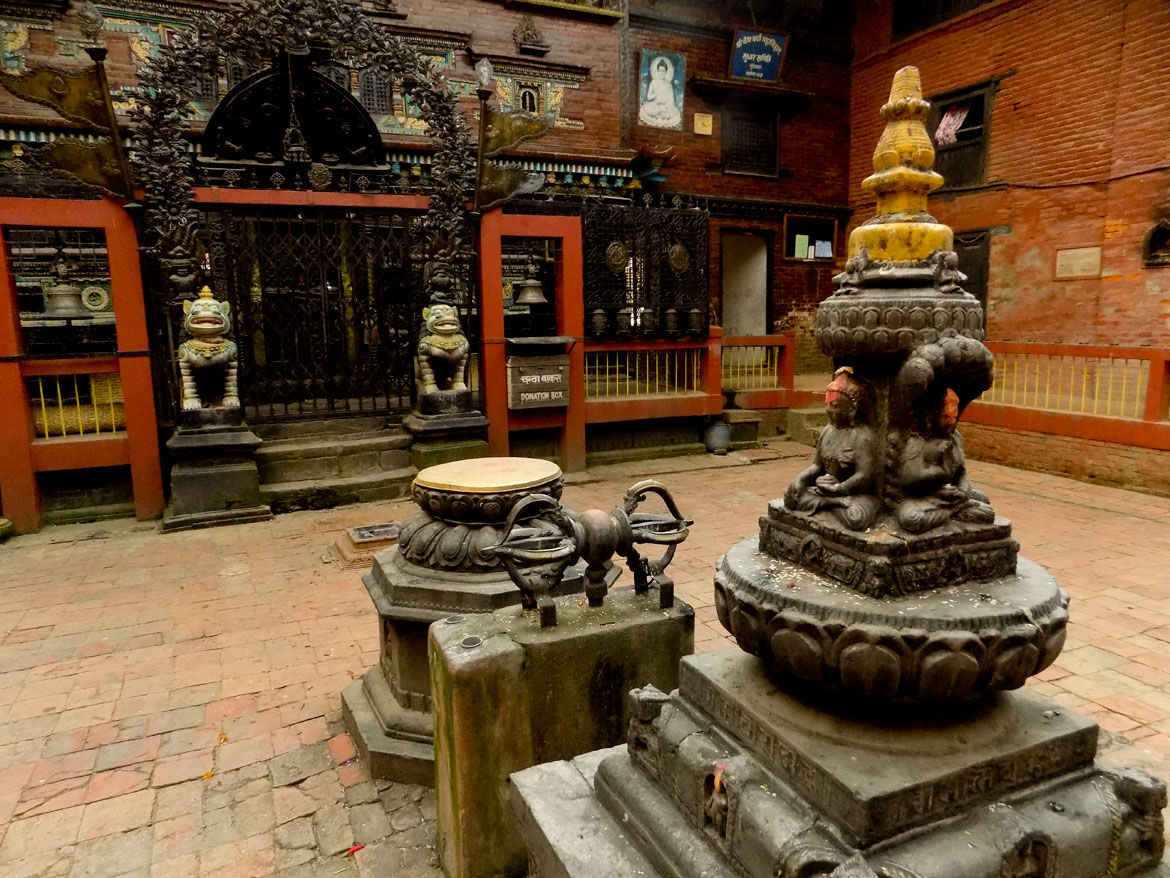
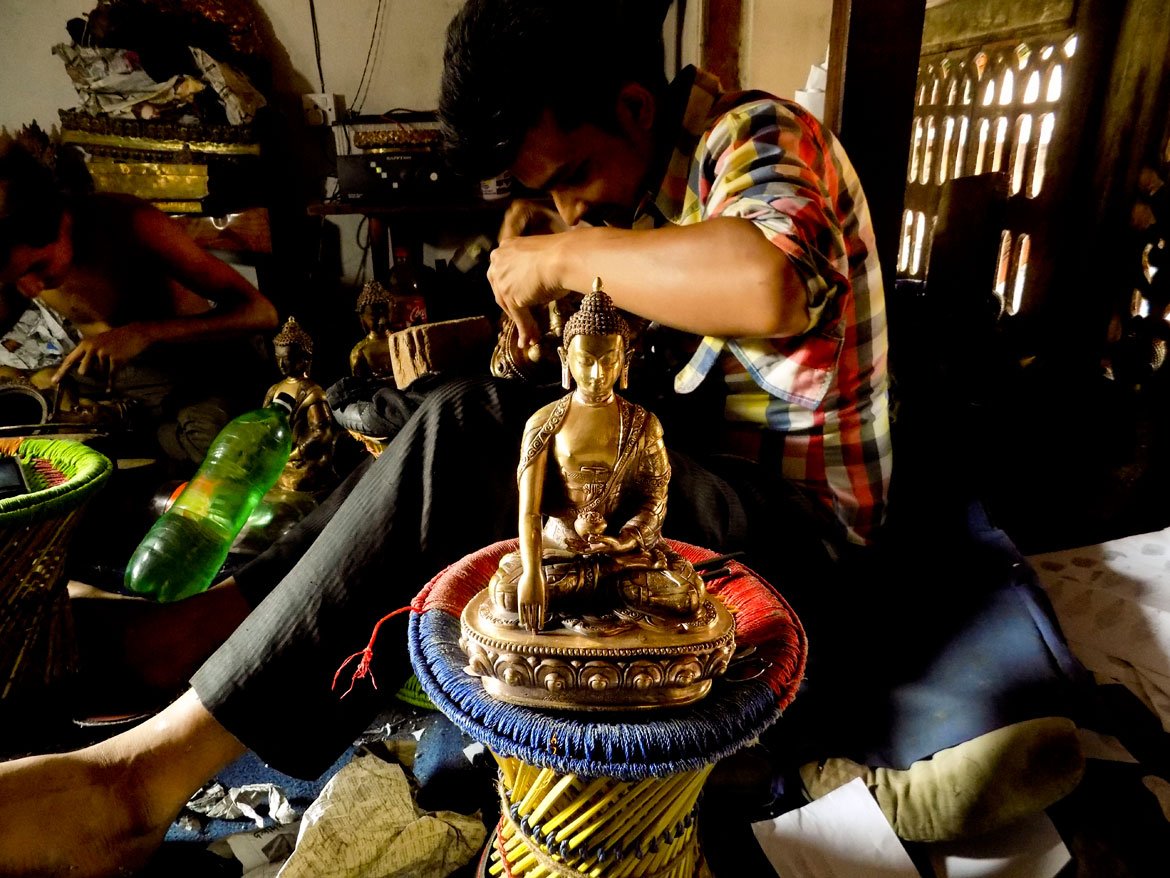
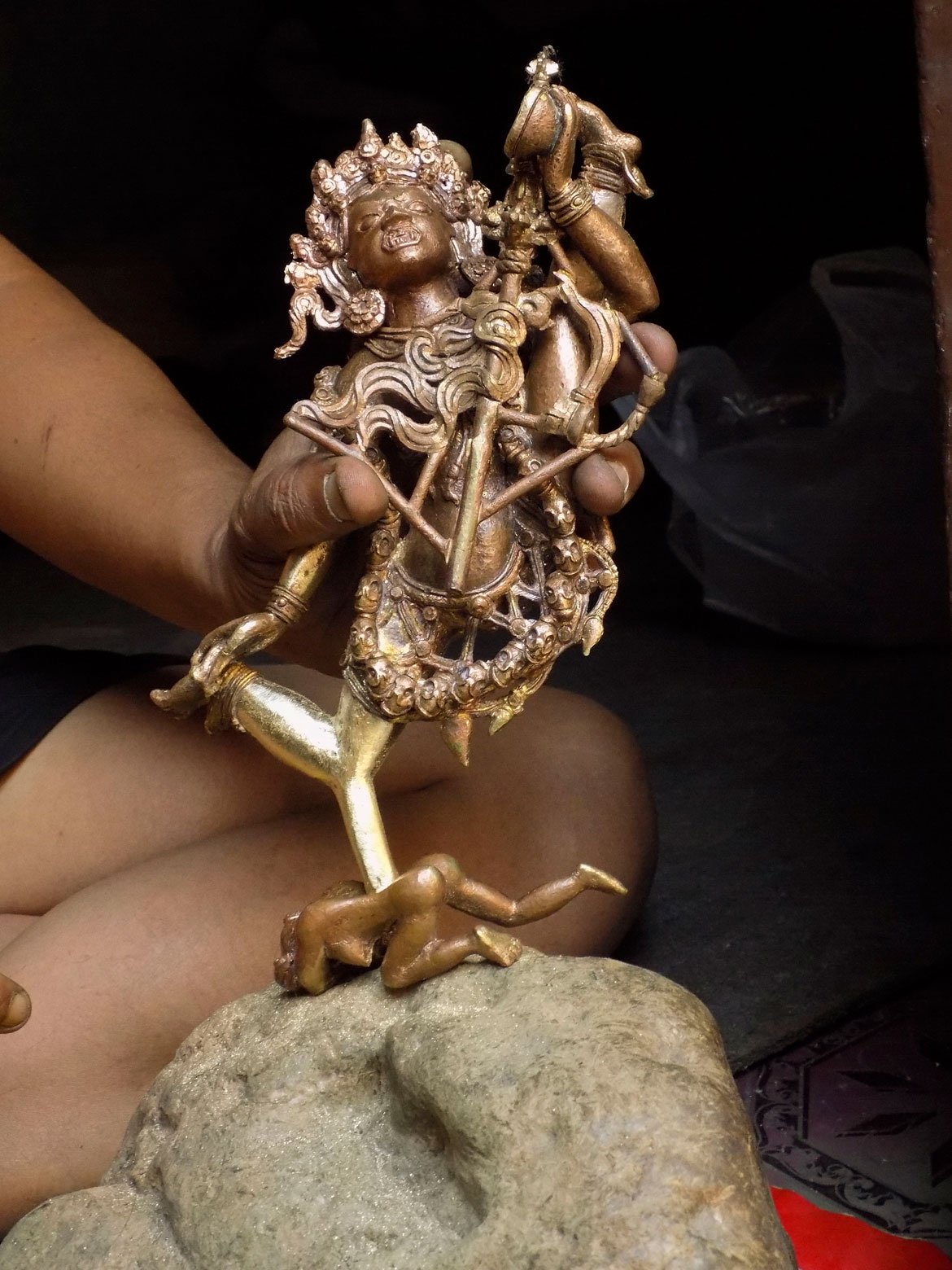
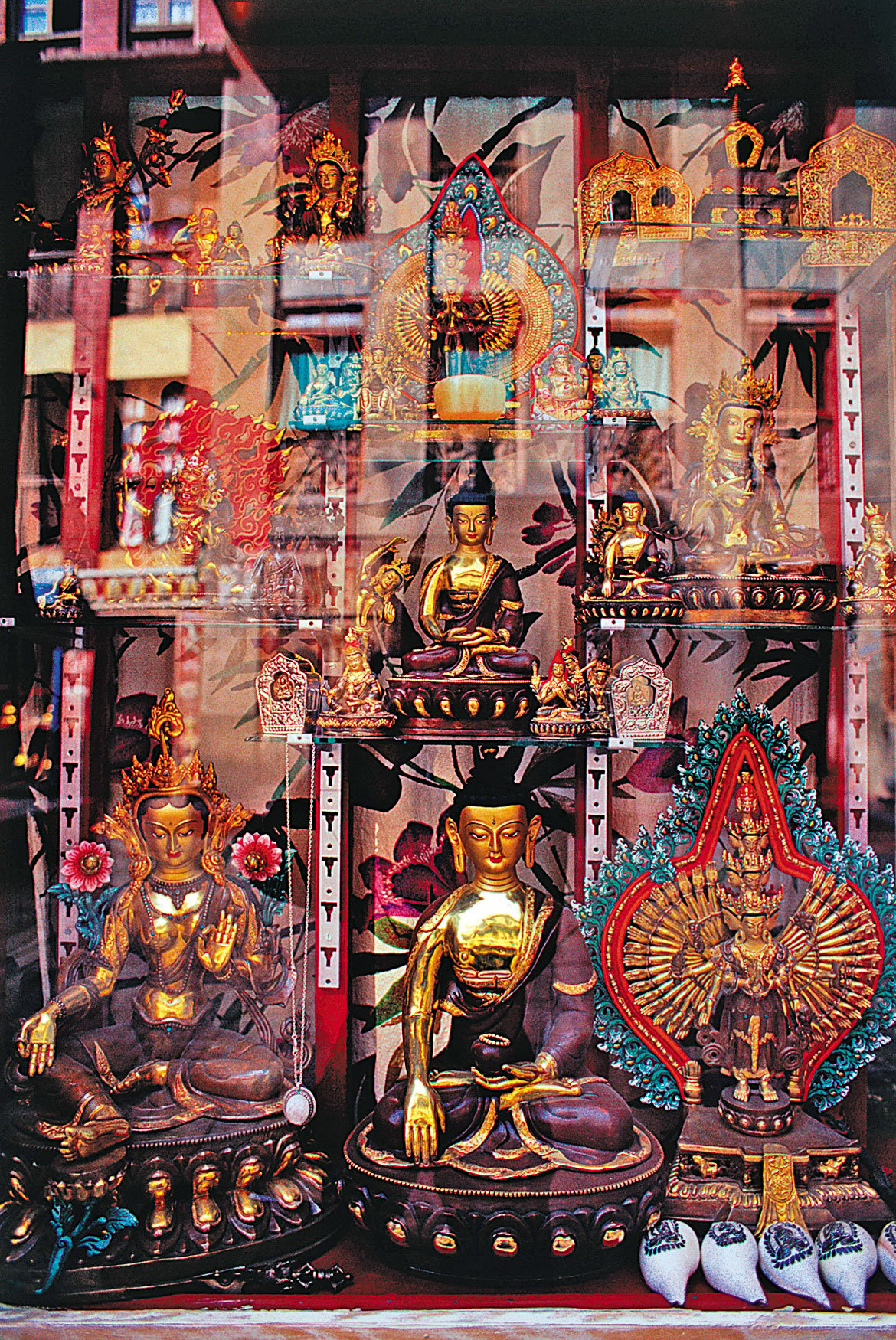
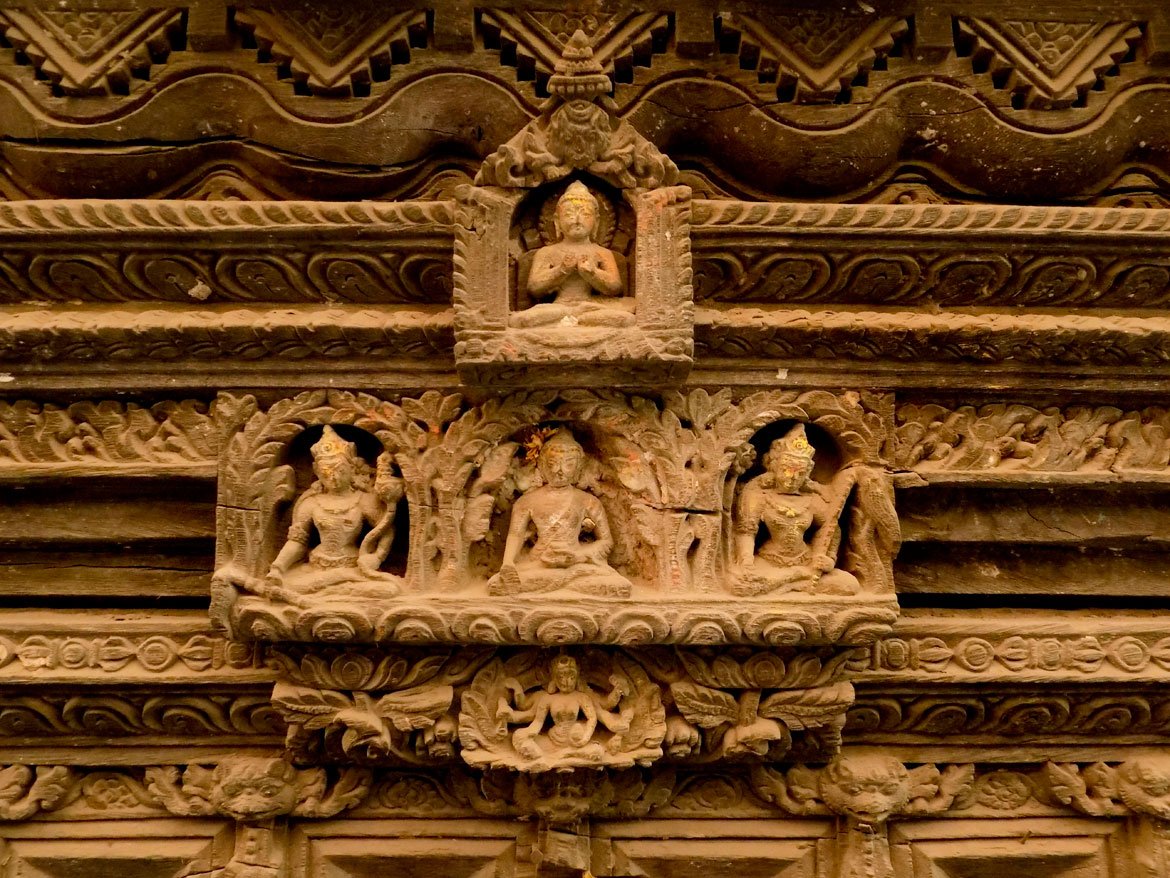
Buddhism
Guji Baha
Haka Baha


